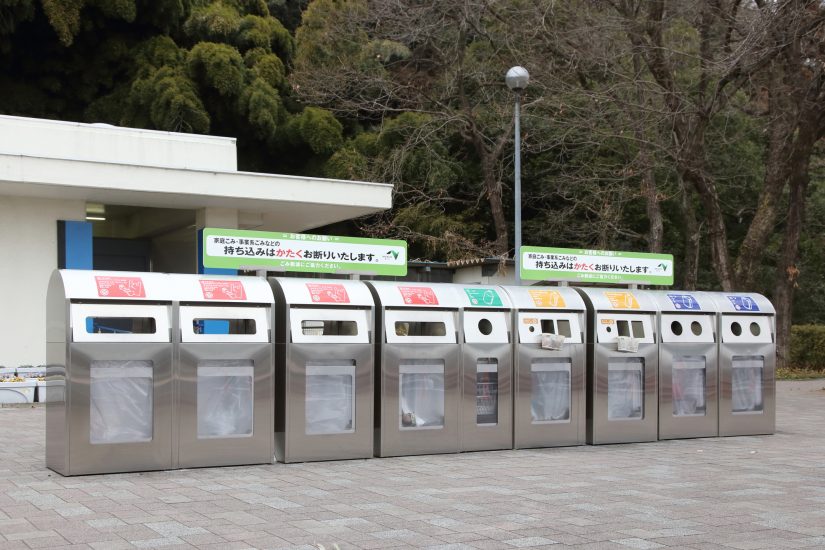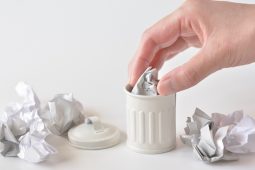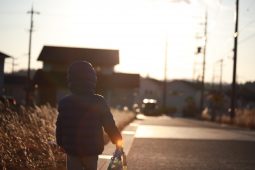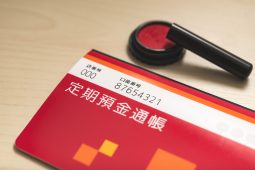One of the most common complaints for new residents of Japan is how complex dealing with garbage can be here. And it is, I have to admit. The rules for separating are detailed and sometimes confusing, and a lot of new residents just kind of give up. Don’t! You, too, can figure out this system and become a good resident, just like (most of) your neighbors.
Some Background
Japan is a fairly large country with relatively little usable land. Most of the space is taken up by steep mountains that allow little room for landfills. As a result, Japan burns the largest part of its refuse. In the past, all of it was burned together, including plastic, but this actually resulted in horrific pollution (dioxin, anyone?). Now, different types of non-recyclable materials are incinerated in different ways, resulting in much better control of pollution.
However, the incineration methods require tight control of what goes in, and it costs money to do it at point-of-collection or -incineration, so the burden is placed on the individual to take care of their garbage sorting. Not fun, but there you have it.
In addition, garbage collection schedules differ for each category, and you can only put out garbage at specific times and places that differ for each category. Schedules are fixed by neighborhood/building and are distributed by the relevant authorities. Your apartment building or neighborhood association will pass these out whenever they come.
If you need another language version, check your municipality website for more information.
Why Should You?
These rules are not only good social responsibility, they are strictly enforced. If you don’t follow local sorting rules, your garbage will not be accepted by the collection agency. If a local area has a pattern of non-conforming garbage, the collection agency might fine your neighborhood, or even stop collection altogether. This is, of course, a huge problem for your neighborhood, so it’s common for areas to require members of the neighborhood association to check every single bag of garbage before actual collection to prevent problems like that.
Garbage can usually be put out the evening before collection, and members of the association will go out that evening and check each bag (my neighborhood also does it the morning before collection, to catch late-comers). If they notice any clear violations, they open that bag and sort it by hand. That’s right, your neighbors will have to go through your garbage and fix it if you mess up your sorting. However, if they know (or strongly suspect) it’s your garbage, they might even bring it to your door and make you fix it. This is not fun for anyone! So, how can you be a good neighbor and avoid this?
Sort it Out!
Do it right! Find out the rules, and follow them the best you can. These rules, as mentioned, can differ slightly at the municipal or neighborhood level, but here’s the general outline.
Garbage is divided into three major categories: Burnable (food waste, wastepaper, small bits of wood, etc.), Non-burnable (plastic wrapping/packaging) and Other (which is further divided into tiny classifications). Every category will require a special bag (usually different colors and materials) that you will have to buy in your local area—bags are labeled with an area of validity, and cannot be used outside of that area. Again, all of the details in your rules will differ for your own city, so check your city website. Most major areas (Tokyo, Osaka, Fukuoka, etc.) should have multi-language versions of their garbage rules on their websites. Check and follow them!
That being said, here are some generalities.
Burnable
Burnable garbage tends to mostly be food-related, non-recyclable materials: toothpicks, disposable chopsticks, paper plates, etc. This also includes food waste, as well as “thick paper” packaging (non-corrugated cardboard). Newspaper is usually recycled, but if it gets dirty put it in here.
In some areas, like mine, this also confusingly includes some plastics that are heavily contaminated with food waste. If your plastic wrap is clean, it goes in non-burnable. If it has lots of oil or stuff on it, it goes in burnables.
Non-burnable PlasticThis includes plastic packaging from purchases, including shopping bags, plastic cup lids and such. The confusing point here is that in many municipalities, this means that a plastic cup lid will go here, but the cup itself will NOT be in this bag. It will be in Other Plastic. Utensils themselves are not packaging, so they go in Other, as well.
Other
This is the big, complicated group, with lots of separate categories. It includes recyclables like PET bottles and drink cans; non-packaging plastic items like spoons, hangars, toys, etc.; small home electronics; corrugated cardboard, etc. Each subcategory will have its own special bags and will be collected on different days. Often, recyclables can also be taken to private collection points so you can worry less about the bags and scheduling, but that will require you to track down the proper place so be ready to ask around or do some looking online.








